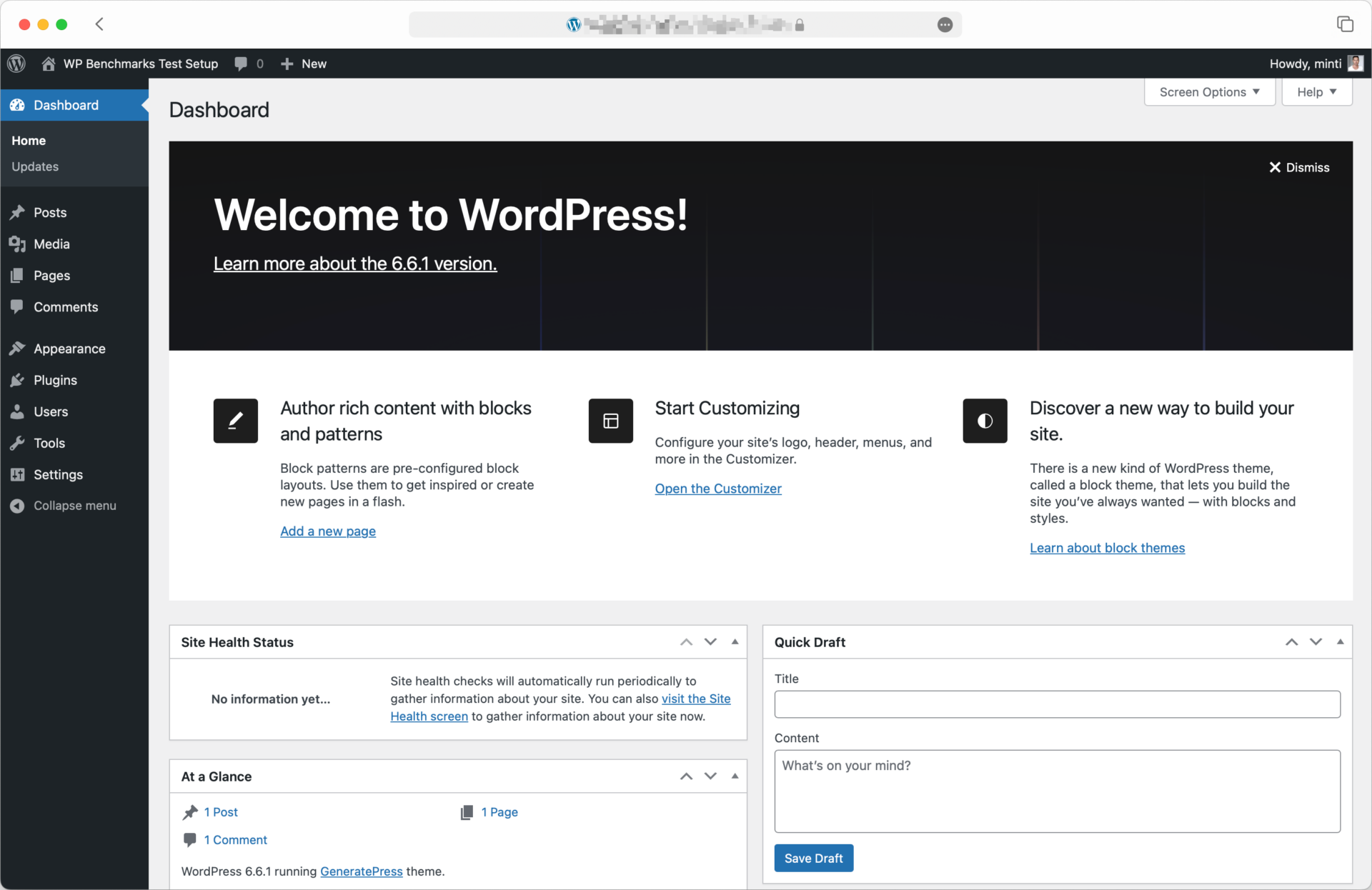Templ positions itself in the WordPress hosting arena with a performance profile that’s as intriguing as it is perplexing. It’s like a sports car with a phenomenal engine but questionable suspension – capable of incredible speeds on the straightaway but potentially uncomfortable on the curves.
Templ Speed Results
CPU & Memory
Filesystem
Database
Network
Server Score
Filesystem
Database
Network
Server Score
Network Speed: The Speedster
If Templ were a superhero, network speed would be its superpower. Here’s what this means for your WordPress site:
- Global Reach: Your content zips across the internet, reaching visitors with impressive speed regardless of their location.
- Media Momentum: Large images, videos, and files load swiftly, keeping your visitors engaged rather than waiting.
- SEO Potential: Search engines love speed, and Templ’s network performance could give you an edge in rankings.
Real-world impact: Visitors to your site will enjoy a smooth, fast-loading experience, particularly for static content. This can lead to lower bounce rates and higher engagement.
Filesystem: The Steady Hand
Templ’s filesystem performance is like a reliable assistant – not flashy, but gets the job done efficiently:
- Media Management: Uploading and handling media files is smooth and quick. Great news for content creators and image-heavy sites.
- Quick Updates: Content changes, plugin updates, and theme modifications process without unnecessary delays.
- Backup Ease: Creating and restoring backups should be a relatively painless process.
Real-world impact: Your day-to-day WordPress management tasks will feel responsive and efficient, particularly when dealing with file-based operations.
Database: The Jekyll and Hyde
Here’s where things get interesting – and potentially problematic. Templ’s database performance is a tale of two extremes:
- Complex Query Capability: Surprisingly, Templ handles complex database operations quite well. This is good news for sites with intricate relational data or complex plugin ecosystems.
- Simple Query Struggles: Paradoxically, Templ stumbles on basic database operations. This is like having a car that handles well at high speeds but struggles to get out of the driveway.
Real-world impact: This split personality in database performance creates a unique situation:
- Advanced features of plugins or custom-coded functionality might run smoothly.
- However, basic WordPress operations like loading posts, pages, or simple dynamic content could feel sluggish.
CPU & Memory: The Middle Ground
Templ’s computational resources sit squarely in the average range. Here’s what it means:
- Page Builder Performance: You can use visual composers, but you might notice some lag with very complex layouts.
- Plugin Tolerance: The site can handle a reasonable number of plugins, but there’s a ceiling where performance might degrade.
- Multitasking Limitations: Running multiple resource-intensive tasks simultaneously could lead to slowdowns.
Real-world impact: For many WordPress sites, this level of performance is adequate. However, if you’re pushing the boundaries with complex setups or high traffic, you might occasionally feel the limitations.
The Bottom Line: Who’s It For?
Templ offers a unique performance profile that will suit some WordPress users better than others:
Ideal for:
- Static content-focused sites that prioritize fast global content delivery
- Blogs or portfolios with frequent media uploads but simpler database needs
- Sites that leverage full-page caching effectively to mitigate database weaknesses
Think twice if:
- You’re running a WooCommerce store with a large product catalog
- Your site relies heavily on dynamic, database-driven content
- You’re managing a membership site with complex user roles and permissions
Templ is like a specialized tool – incredibly effective for certain jobs but potentially frustrating for others. Its strengths in network speed and file handling make it a solid choice for sites that prioritize quick content delivery and media management. The full-page caching feature can help mask some of the database performance issues for visitors, but it’s not a cure-all, especially for logged-in users or highly dynamic content.
For WordPress users who understand these trade-offs and can work within Templ’s strengths, it could be a cost-effective hosting solution that delivers where it counts most – fast content delivery to your visitors. However, for sites that demand consistent, high performance across all aspects of WordPress functionality, Templ’s weaknesses in basic database operations could be a significant hurdle.
In the end, choosing Templ requires a clear understanding of your WordPress site’s specific needs and a willingness to optimize your setup to leverage its strengths while mitigating its weaknesses.

